The American genetic engineering firm Colossal Biosciences recently announced to much fanfare it had “de-extincted” the dire wolf, a canine species that was wiped out around 10,000 years ago. However, the three animals it presented are actually modern grey wolves with some genetic modifications.
Regardless of whether you consider them dire wolves or not, Colossal Bioscience made the interesting claim that it had genetically engineered lost ecological function. This made me ponder what ecological functions are missing from today’s ecosystems as a result of extinctions we have caused.
By ecological function, I am referring to the way all animals have some sort of influence on the ecosystems they inhabit. Honeybees and many other insects pollinate flowering plants, beavers build dams that create ponds and alter the flow rate of streams, elephants knock over trees helping to keep savannas open, and ants and termites shift vast amounts of soil and help decompose plant litter.
It is not clear to me what functions Colossal’s genetically engineered wolves might have that is different from grey wolves, but it is hypothetically possible they would hunt different animals in different ways or places. With only three wolves, they are unlikely to have the statistical power to compellingly demonstrate any new ecological effects. But nonetheless, the idea that these wolves may play different ecological roles from grey wolves is more compelling than the claim they have brought back the dire wolf.
One group of animals that have ecological functions that are oversized as they, are those that weigh more than half a tonne. These animals have also been hit hard by humans, and many species went extinct in the past few tens of thousands of years.
Each time our ancestors colonised new continents as they spread around the world from Africa, large animals were driven to extinction at a higher rate than smaller ones. Giant ground sloths, mammoths and elephants, giant bison and tapirs, even species of massive armadillos and camels all died out in the millennia after humans arrived in the Americas.
Daniel Eskridge / shutterstock
Australia lost all its large animals, including a giant wombat-relative called diprotodon, giant short-faced kangaroos, and a marsupial that resembled a huge tapir. Along with these massive herbivores, marsupial lions that evolved from a lineage of herbivores, terrestrial crocodiles, giant constrictor snakes and huge monitor lizards were also lost. Europe and Asia similarly lost many large species when our ancestors settled these lands.
The whole world was once like Africa
Africa is the only continent to maintain lots of large herbivores, including rhinos, elephants, hippos, giraffes and buffalo. However, even on the continent where we evolved, losses occurred. Gone is a giant gnu-like beast and at least one elephant species, extinctions both attributed by some scientists to our ancestors.
In Africa, the remaining giant herbivores play important ecological roles that have been lost elsewhere in the world. Elephants knock down trees keeping savannas open, while hippos create grazing lawns on land and add nutrients to the water through their dung, fuelling aquatic food chains.
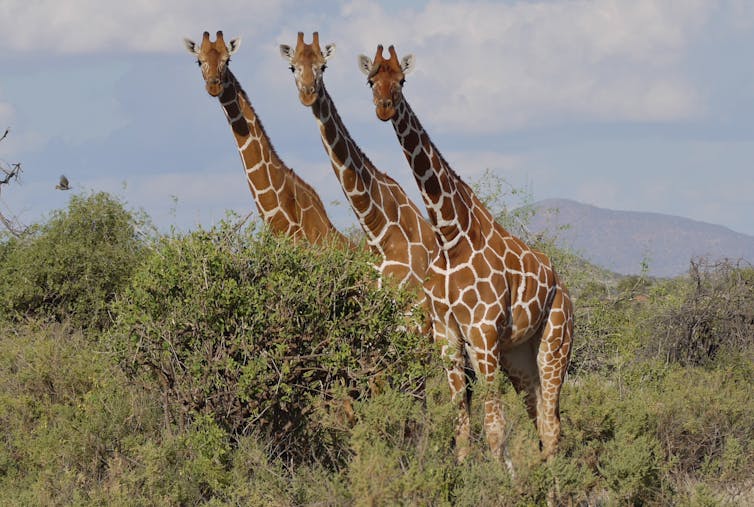
Rita Willaert / flickr, CC BY-NC-SA
All giant herbivores trample vegetation and riverbanks and are key players in nutrient cycling thanks to the vast quantities of faeces they produce. They can also help disperse seeds and generate a mix of different habitats. These processes can determine how often an area is burned by wildfire, the type of ecosystem in an area, and can indirectly affect weather patterns and climate.
The loss of these large animals, particularly in Australia, led to very significant changes in ecosystems ranging from tropical forests to deserts. Cycles of fires and nutrients changed with the extinction of giant herbivores, and the loss of all the apex predators led to an increase in grazing and browsing pressure from smaller herbivores including kangaroos, wallabies and koalas. This made it harder to avoid woodlands turning into savannas and semi-arid lands.
The absence of large native predators meant the remaining marsupials lost their fear. When cats, dogs and foxes were introduced by humans, they decimated populations of many marsupials, driving some extinct. Lesser bilbies, desert bandicoots and broad-faced potoroos are gone for good, having been easy prey for introduced carnivores.
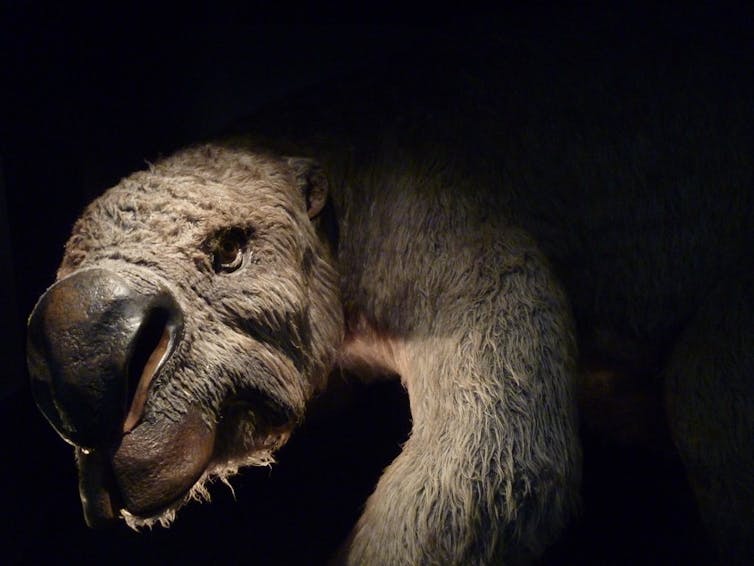
Ryan B / flickr, CC BY-NC
An impressive feat for Colossal Biosciences would be re-engineering large animals to provide lost ecological functions. De-extincting large herbivores like diprotodons and short-faced kangaroos, or even predators like marsupial lions, would be a seriously impressive achievement, but I suspect will be forever beyond the reach of science.
Jurassic Park is fiction, as is recreating the fauna of Australia 60,000 years ago. Even if we could do this, it is not clear the de-extincted animals would thrive given how much the ecology of Australia has changed since their extinction.
Instead of trying recreate lost ecological function through the genetic tinkering of living animals that are unlikely to be allowed back into the wild any time soon, we should take a different approach. The focus should be on maintaining and restoring ecological function using existing species within the areas in which they live or once lived. The science of doing this may not be as exciting as the genetic engineering of Colossal Biosciences, but it will be easier to deliver and will be more ecologically useful.

Don’t have time to read about climate change as much as you’d like?
Get a weekly roundup in your inbox instead. Every Wednesday, The Conversation’s environment editor writes Imagine, a short email that goes a little deeper into just one climate issue. Join the 45,000+ readers who’ve subscribed so far.
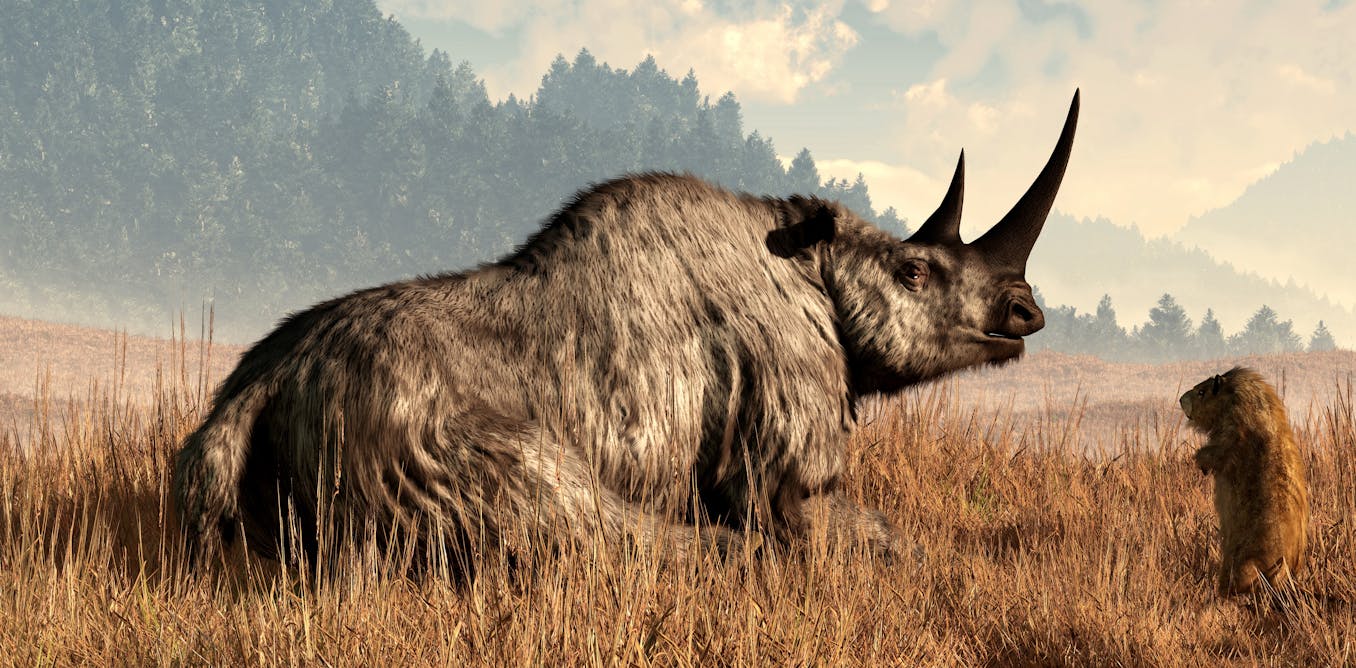
The post “If we must bring back extinct species, let’s focus on the giant herbivores” by Timothy Neal Coulson, Professor of Zoology and Joint Head of Department of Biology, University of Oxford was published on 04/15/2025 by theconversation.com










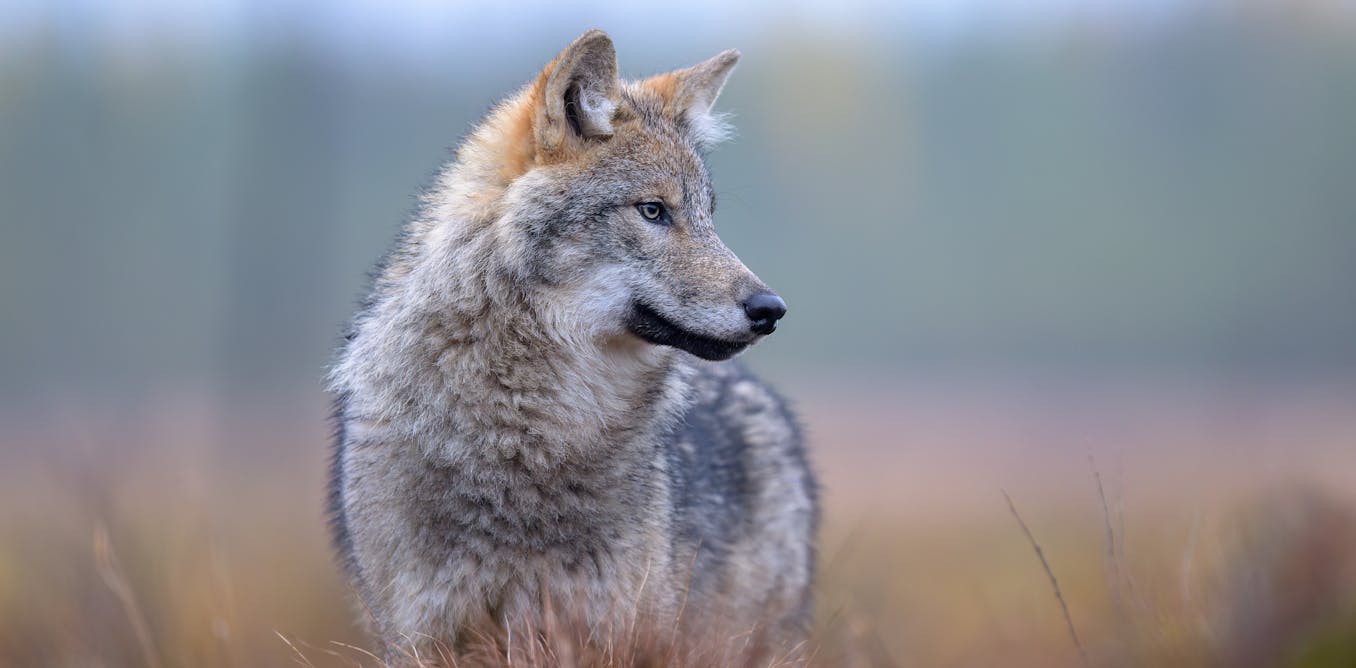

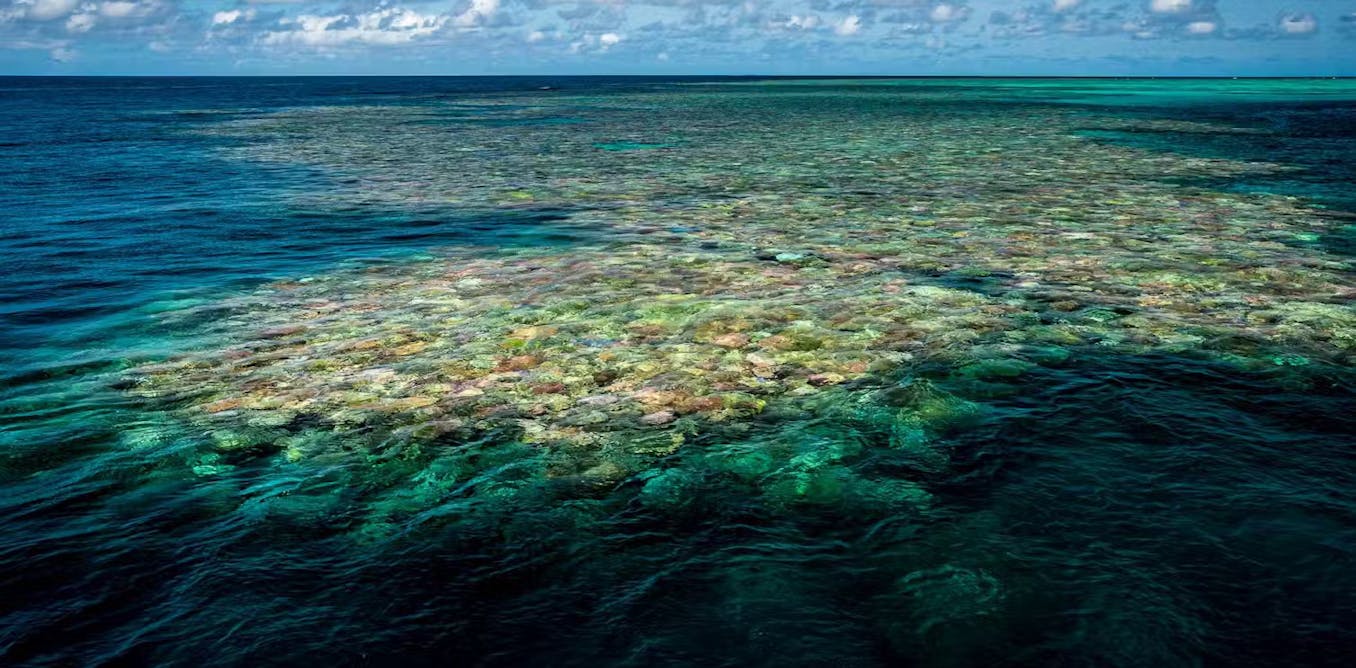
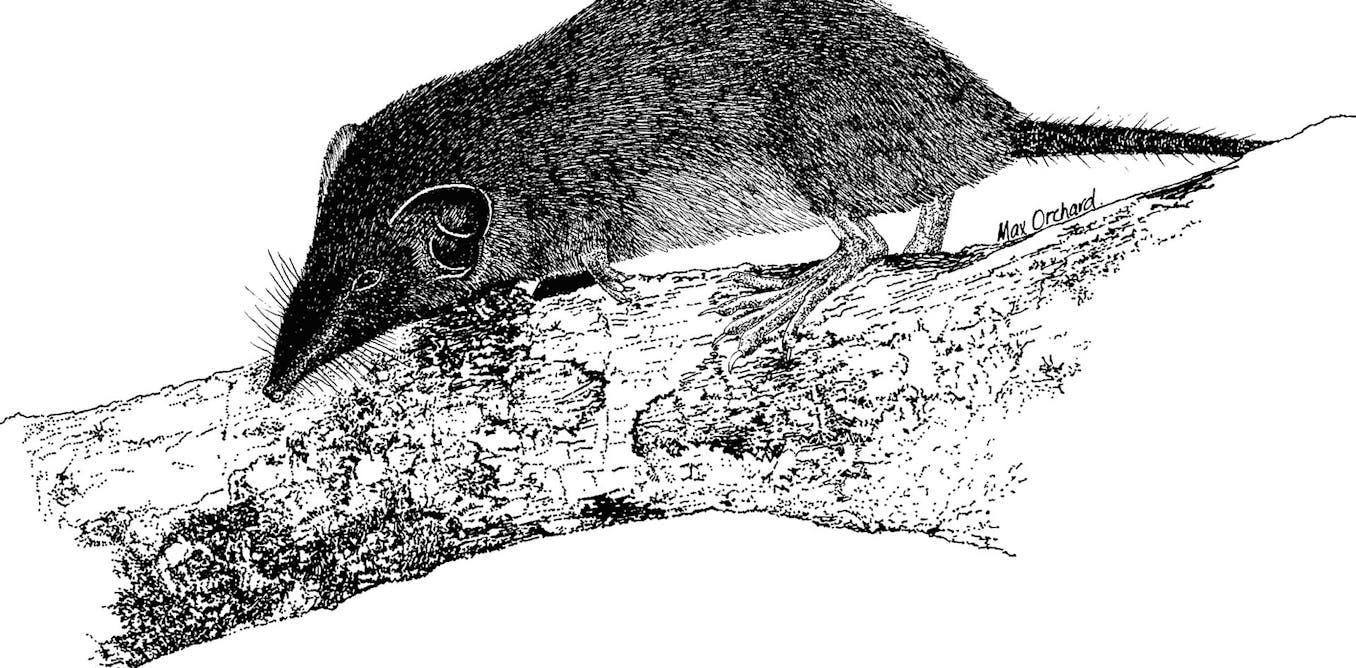

















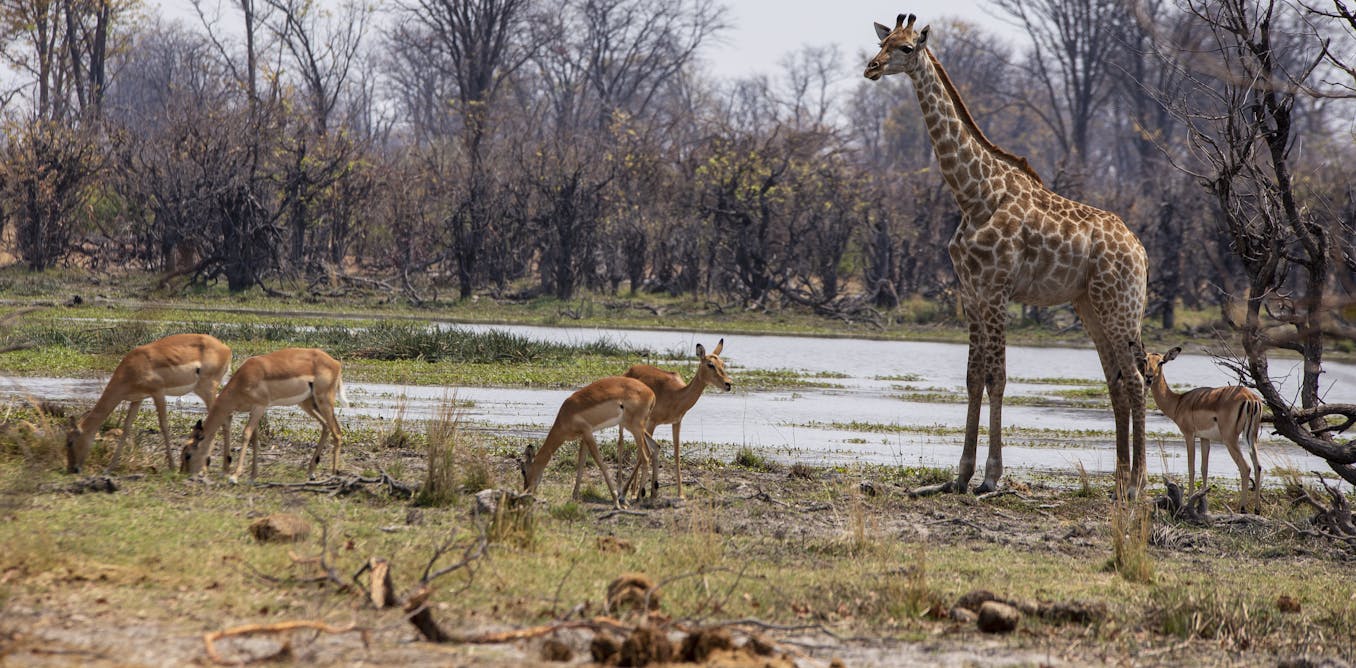

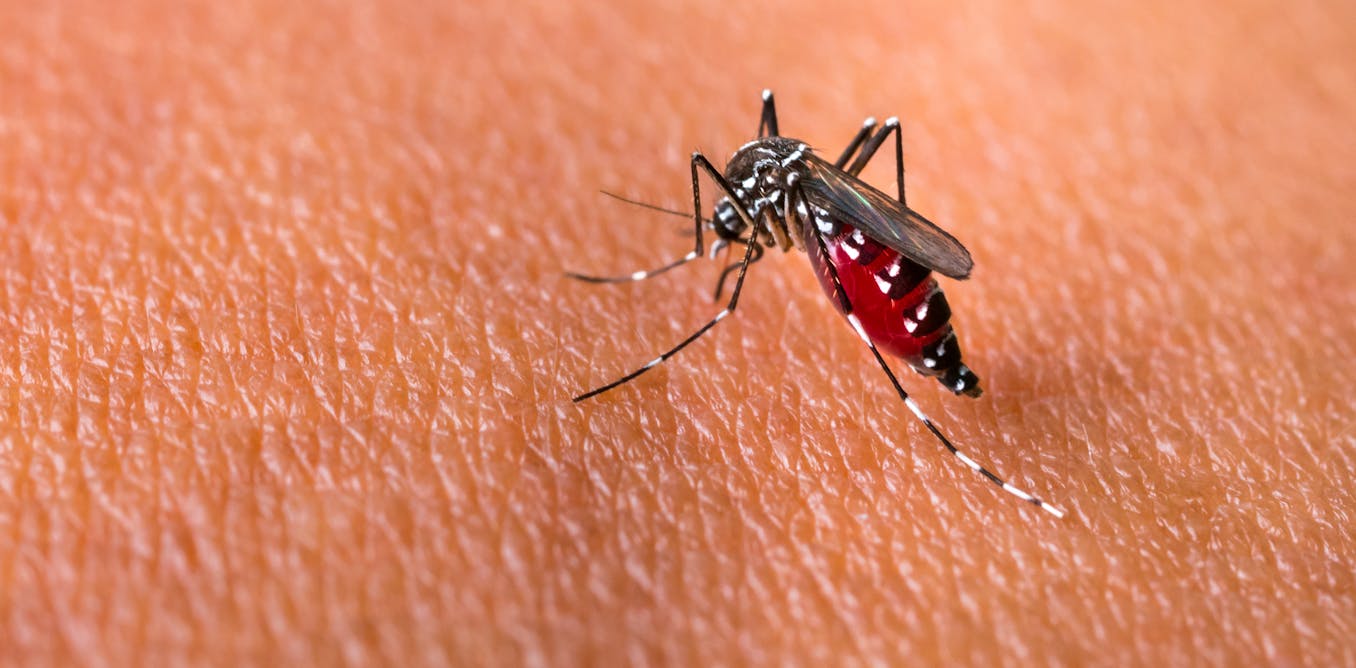



Leave a Reply